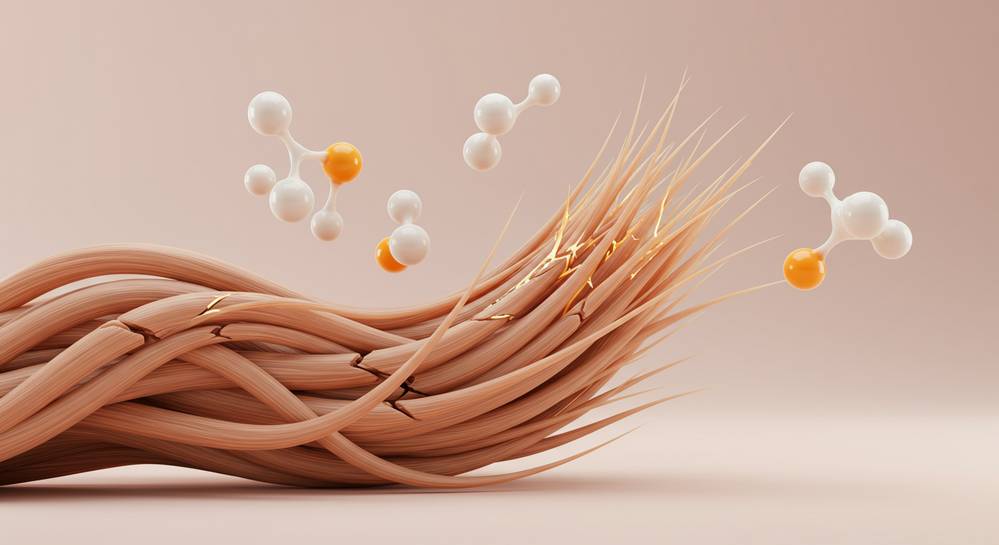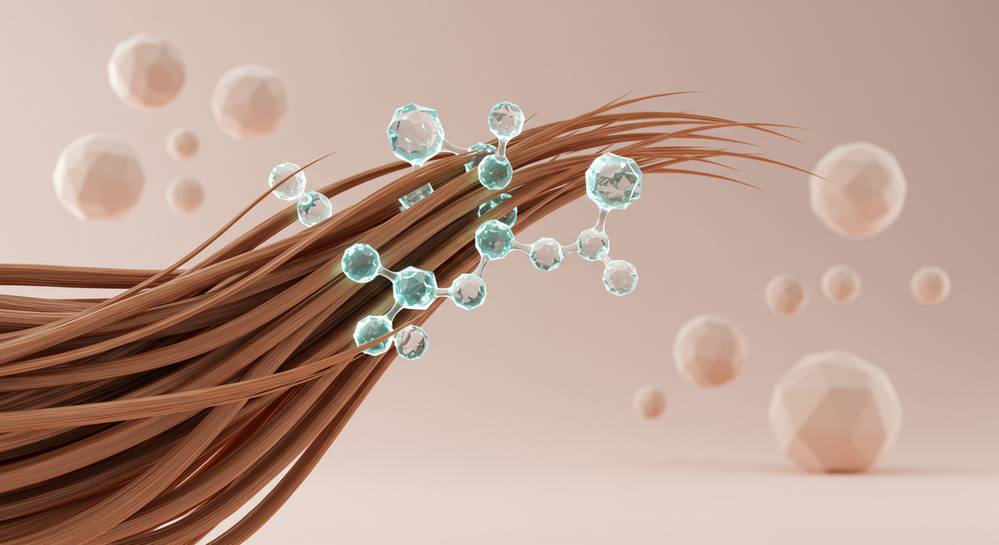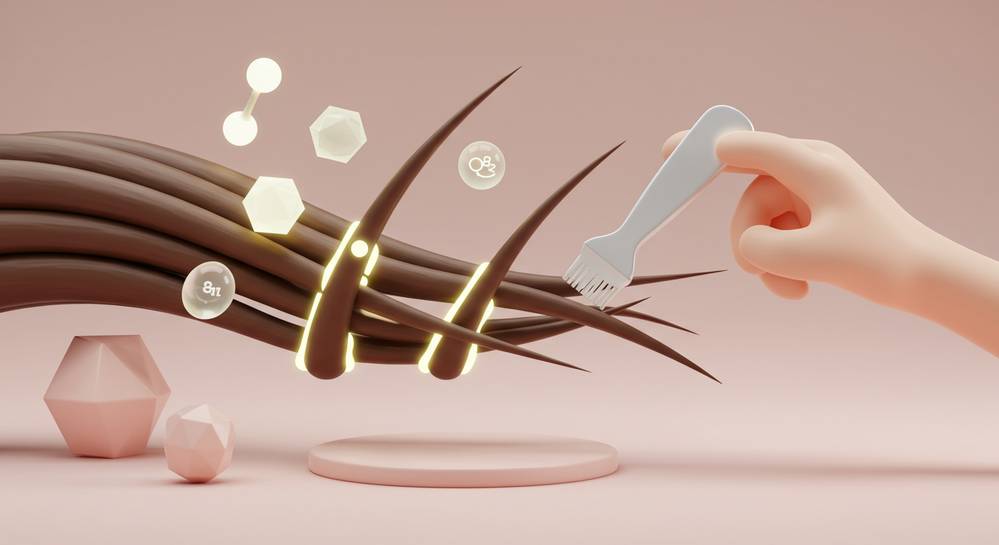If your hair feels weak, brittle, or struggles to hold a style, the issue might be a lack of its core building block: protein. Restoring this essential component is simpler than you think. The right protein treatments for hair strength can rebuild damaged strands from the inside out, dramatically reducing breakage and improving elasticity. This guide will walk you through everything you need to know to bring your hair back to life.
What hair protein is and why it is essential
The role of keratin in hair health
Your hair is primarily constructed from a durable protein known as keratin. This fibrous protein forms the very core of each strand, giving it essential strength, shape, and elasticity. However, daily routines involving heat styling, chemical treatments, and environmental exposure constantly attack this structure. These stressors break down the keratin bonds, leaving the protective cuticle layer compromised. This damage exposes the inner cortex, leading directly to fragility, dullness, and chronic breakage.
How protein treatments restore hair structure
Think of a protein treatment as a targeted repair system for your hair. These formulas deliver hydrolyzed proteins like keratin, silk, or wheat amino acids directly to the hair shaft. Because these molecules are incredibly small, they penetrate past the cuticle to patch the gaps within the hair’s cortex. This reinforcement from the inside out is how professional protein treatments for hair strength work. They instantly restore elasticity and resilience, making hair less prone to snapping. Using the right products to reduce hair breakage complements this internal repair for comprehensive care.
Signs your hair is craving a protein treatment

Key indicators of protein deficiency
Recognizing the need for protein is the first step to restoring hair health. If your hair shows several key symptoms, it likely has a protein deficiency. This is when protein treatments for hair strength become essential. Ignoring these warnings can lead to severe breakage and damage over time, making recovery more difficult.
- High porosity and frizz. Damaged hair absorbs water like a sponge but cannot retain it. This leads to rapid drying times, persistent frizz, and a constantly tangled texture.
- Loss of natural elasticity. Gently stretch a single wet hair strand. If it snaps with little tension or feels limp instead of bouncing back to its shape, it lacks protein.
- Limp or mushy texture. Hair that has lost its body, curl pattern, or feels gummy when wet is a classic sign of a compromised internal structure needing reinforcement.
- Excessive breakage and split ends. While some shedding is normal, a sudden increase in snapping during brushing or styling indicates a weakened hair shaft.
Types of protein treatments you should know

Not all protein treatments are created equal. They range from light, regular-use formulas to intense, salon-grade reconstructors. Choosing the right type depends on your hair’s level of damage and specific needs. Understanding the different categories will help you select the most effective protein treatments for hair strength without overdoing it and causing brittleness.
Light protein conditioners
These are often found in weekly deep conditioners. They contain a small amount of protein, like silk amino acids or hydrolyzed wheat protein. They are designed for regular maintenance and minor repairs. This makes them perfect for hair with minimal damage or as a preventative measure to maintain strength and shine.
Intensive reconstructors
These are more concentrated treatments meant for moderately damaged hair, typically used once or twice a month. They contain powerful ingredients like keratin and collagen to repair significant gaps in the hair cuticle. These are ideal for hair that has been frequently heat-styled or colored.
Professional salon treatments
For severely damaged or chemically compromised hair, a professional treatment is the best choice. These contain the highest concentration of proteins. They are applied by a stylist who can ensure the product is used safely to rebuild the hair’s internal structure without causing further harm.
How to choose and apply treatments correctly

Using protein treatments effectively is all about balance. While beneficial, too much protein can lead to a condition known as protein overload. This makes hair stiff, brittle, and prone to snapping. The key is to listen to your hair and create a routine that strengthens it without sacrificing essential moisture. Following a few simple rules ensures you get the best results from your chosen treatment.
- Start slowly with your routine. If you are new to protein, begin with a treatment once a month. You can adjust the frequency based on how your hair responds. Moderately damaged hair might need it every two weeks.
- Always follow with moisture. Protein treatments for hair strength can make hair feel rigid. It is crucial to follow up with a rich, moisturizing deep conditioner. This restores softness and flexibility.
- Choose the right ingredients. Look for products with hydrolyzed proteins like keratin, wheat, or silk. Hydrolyzed means the molecules are small enough to penetrate the hair shaft effectively.
- Apply to clean, damp hair. For best results, apply your treatment after washing. This ensures no product buildup is blocking the protein from absorbing into the hair cuticle.
Integrating the right protein treatment into your routine can transform weak and damaged hair, restoring its foundational strength and resilience. The key is to correctly identify your hair’s needs and maintain a healthy balance between protein and moisture. By doing so, you provide your hair with the essential building blocks it needs to thrive. For more expert-backed hair care guides, explore Beauty Beat Daily.
